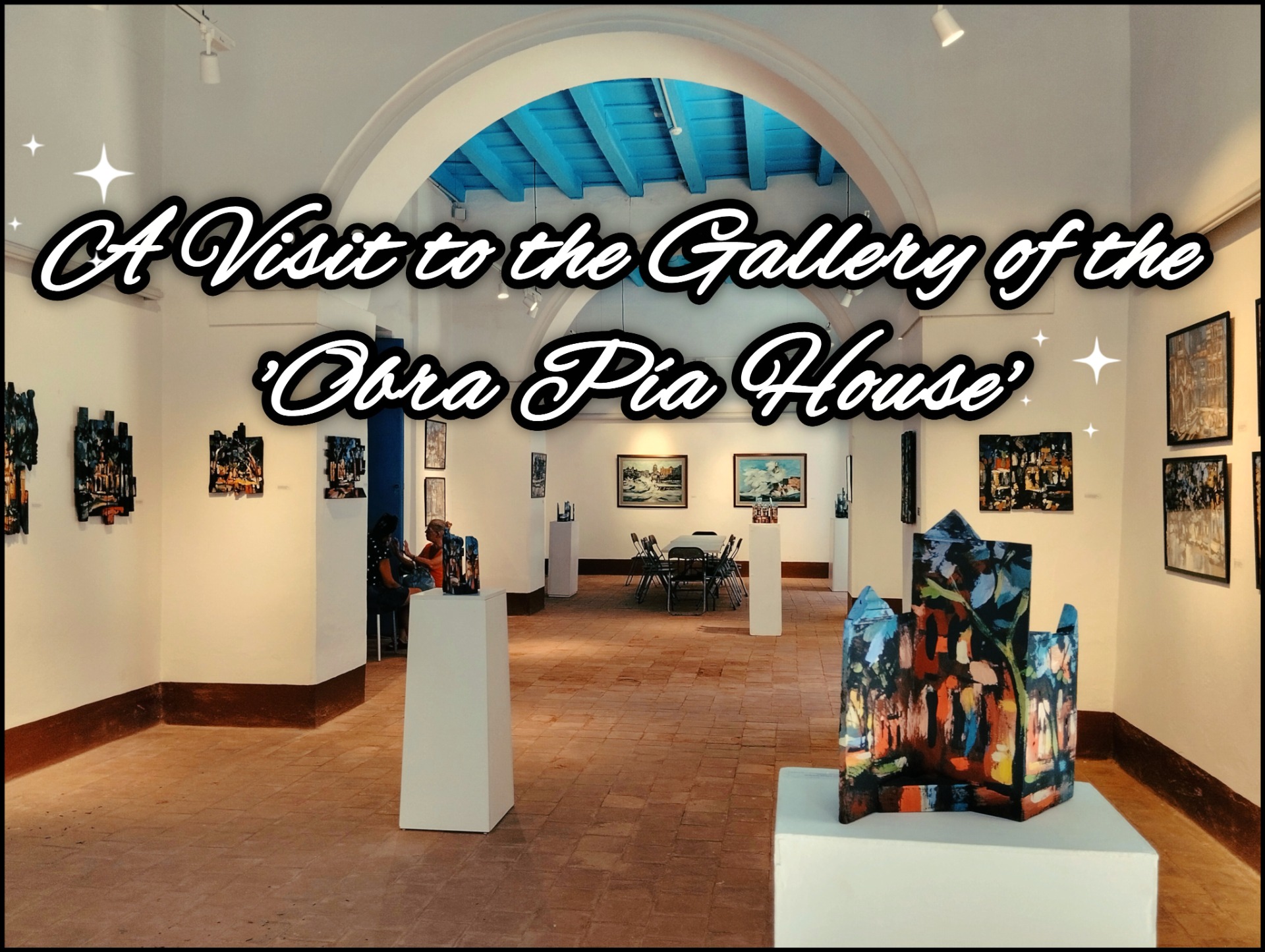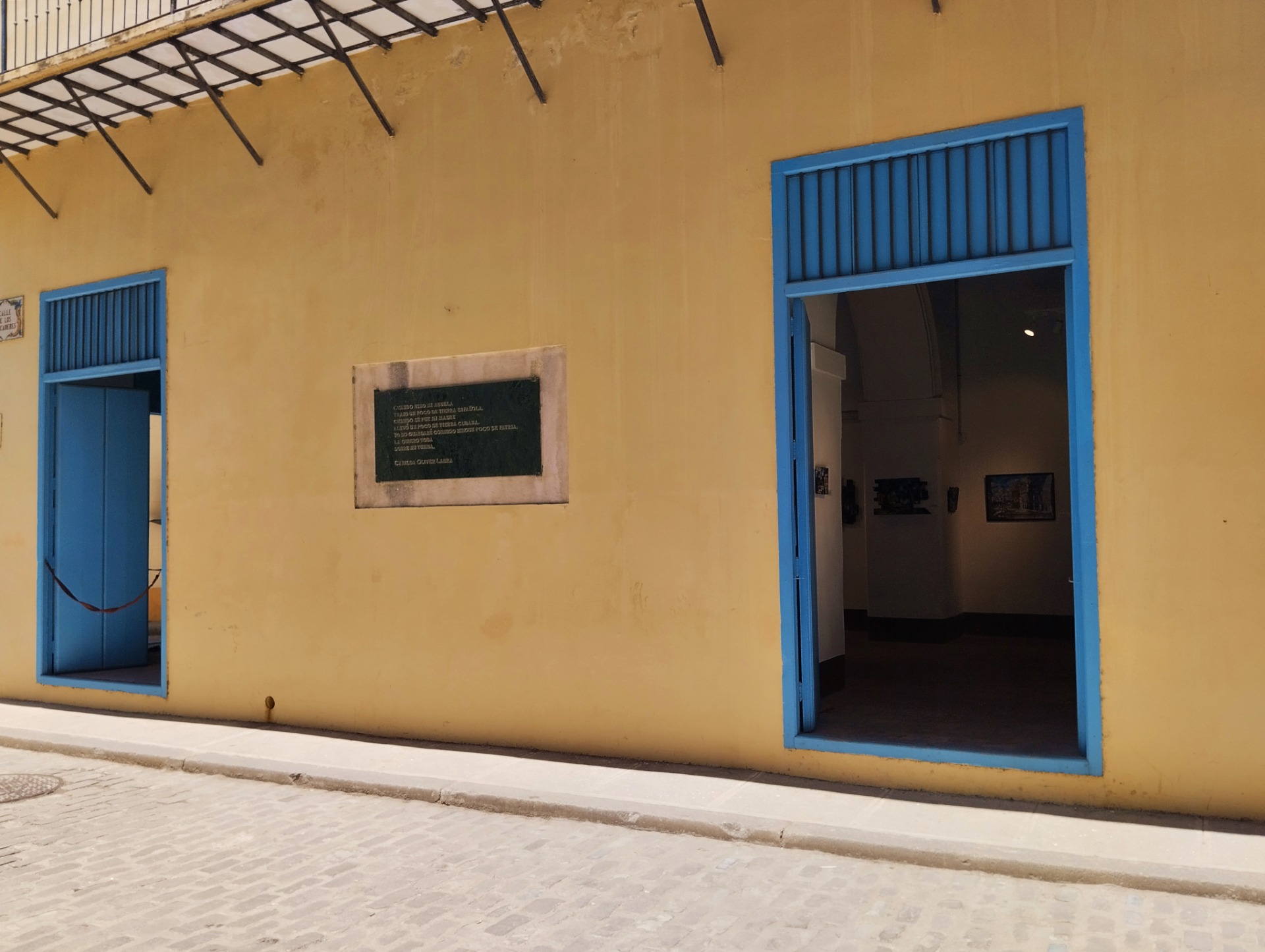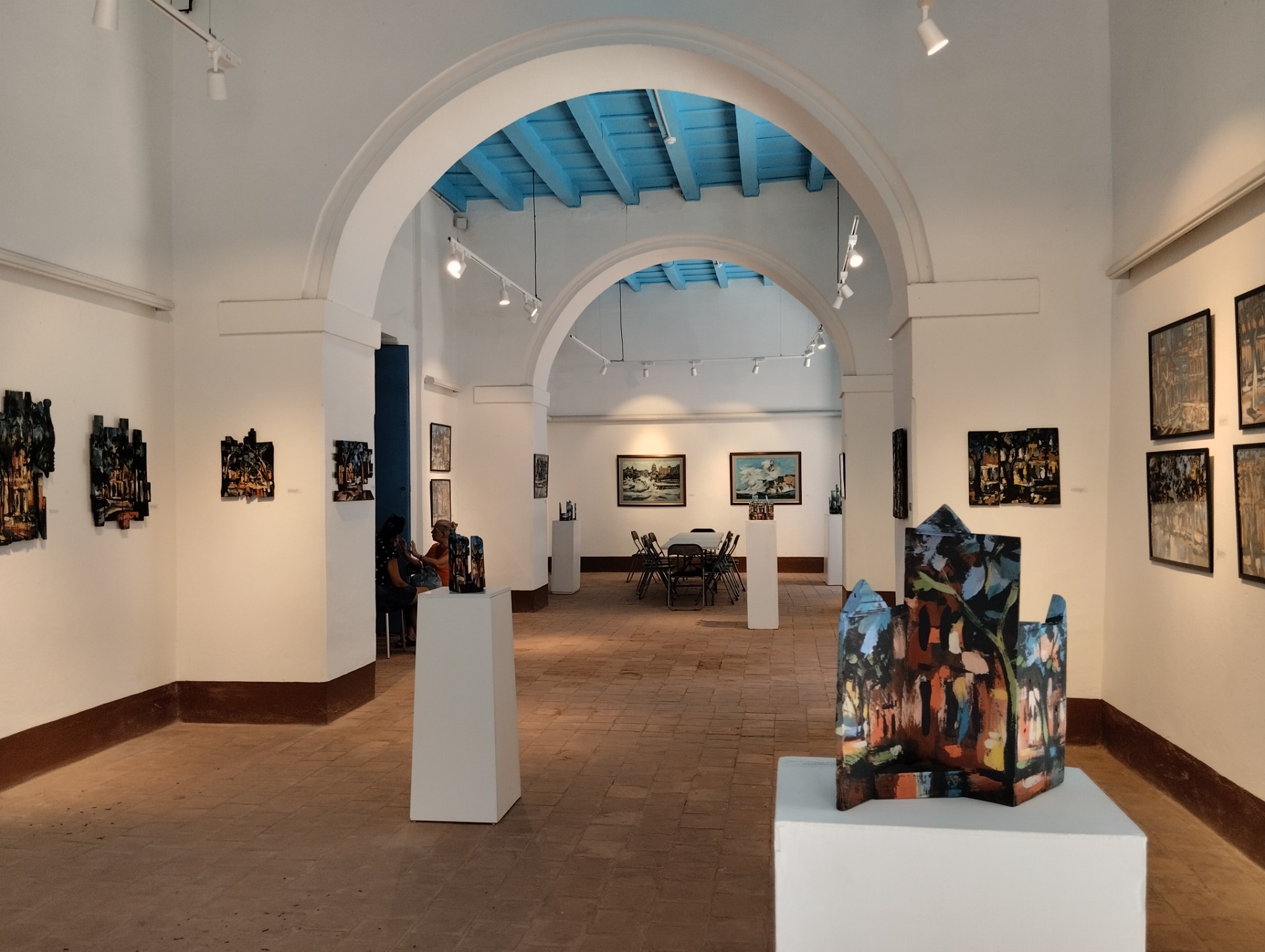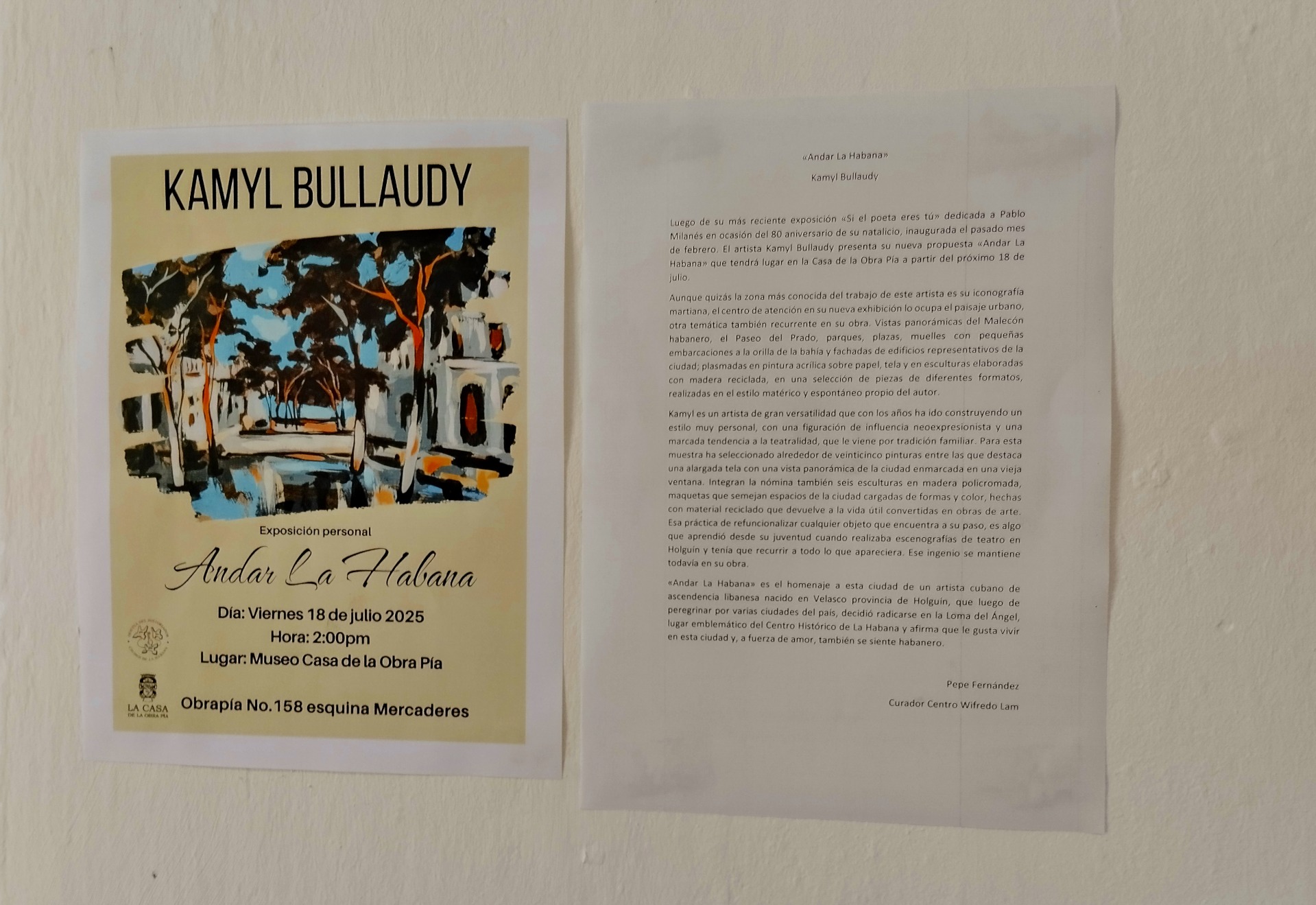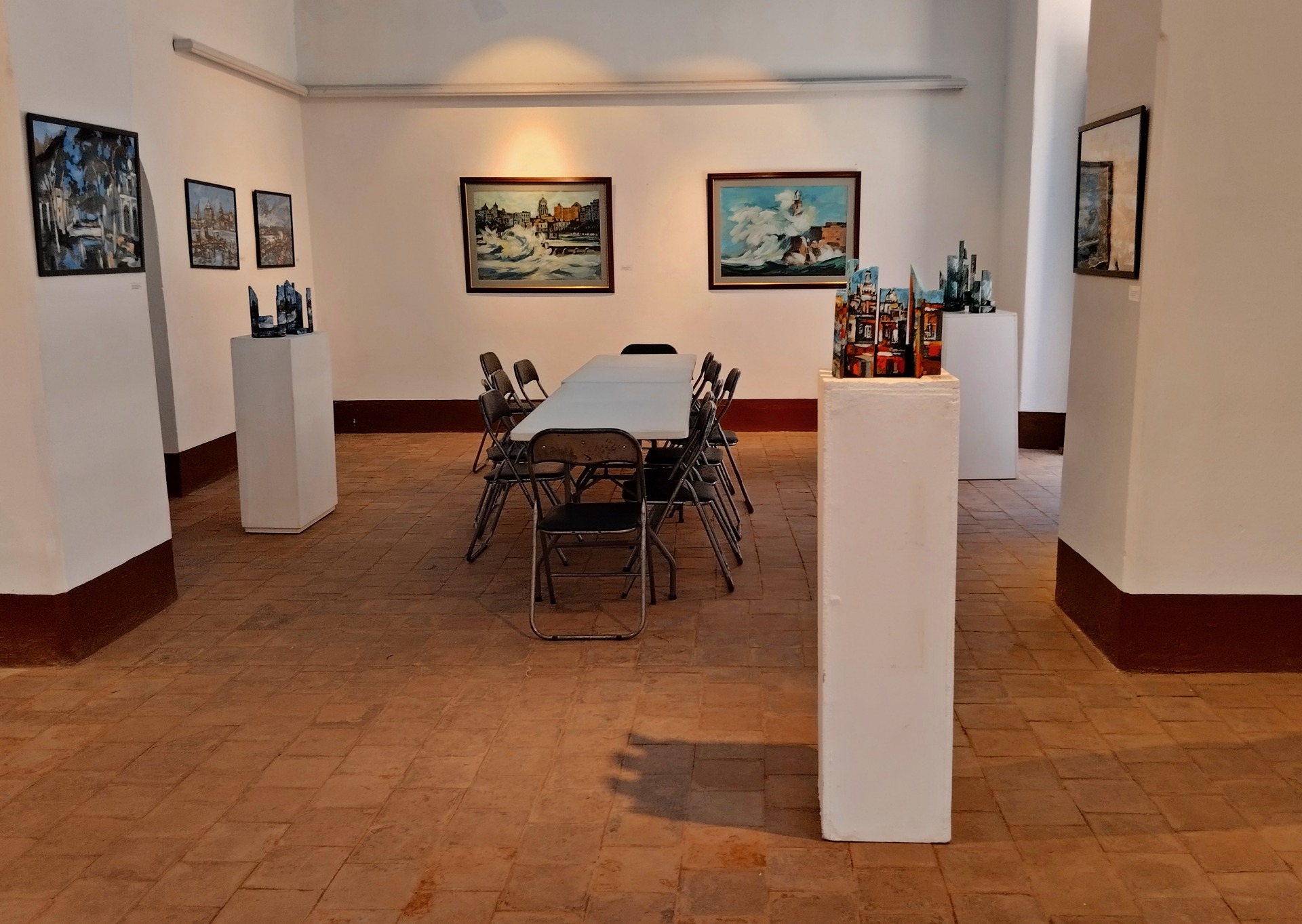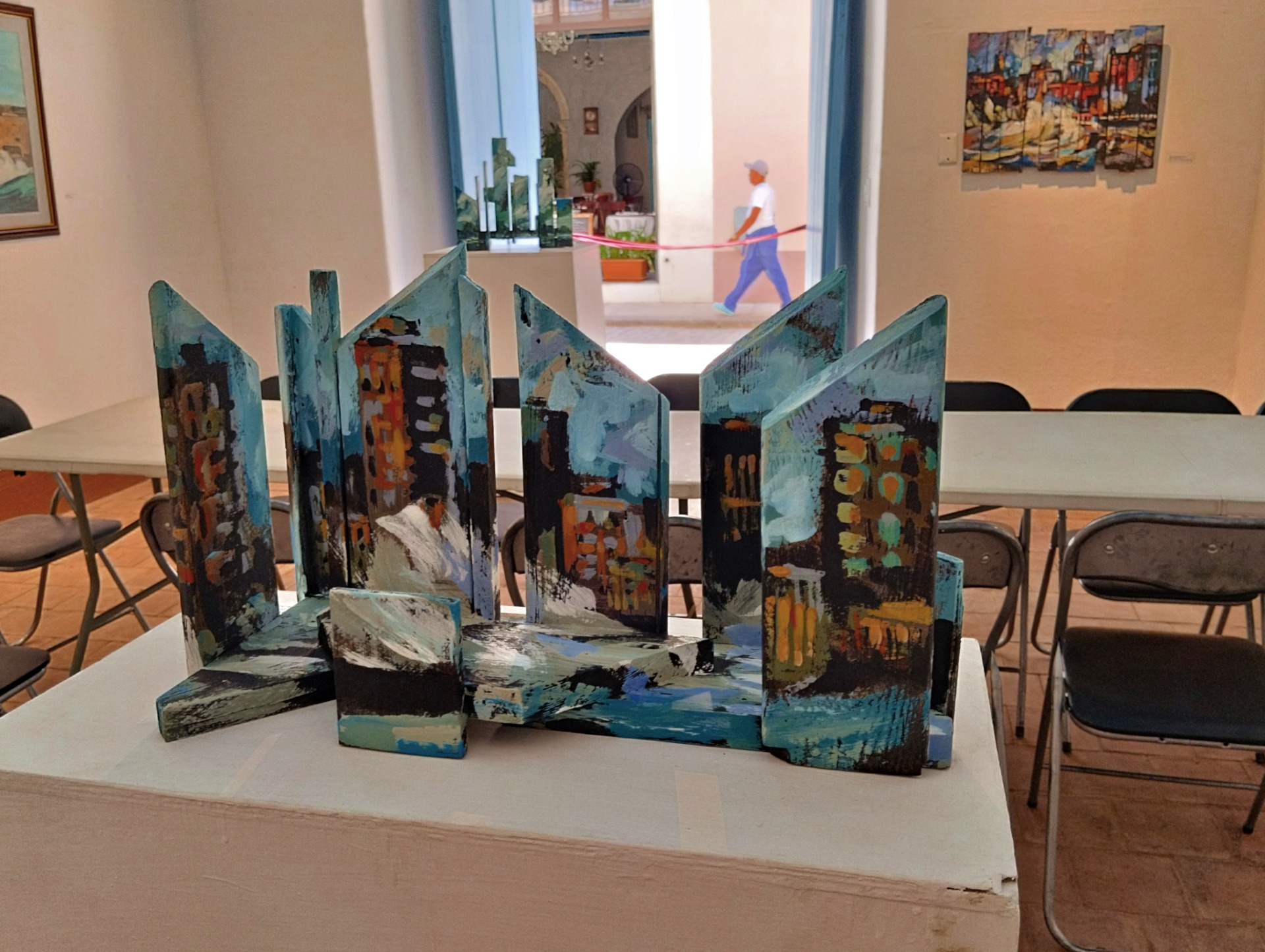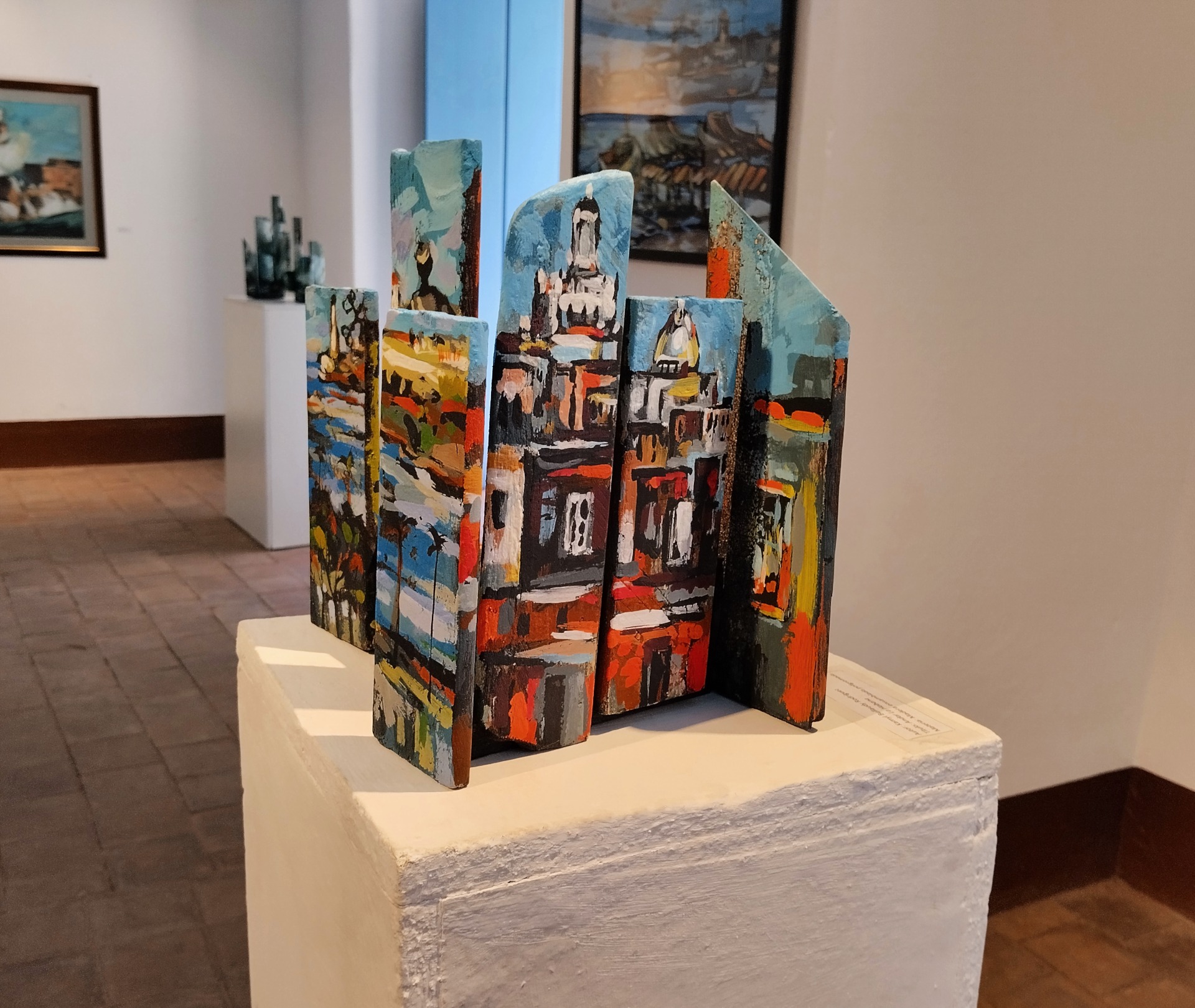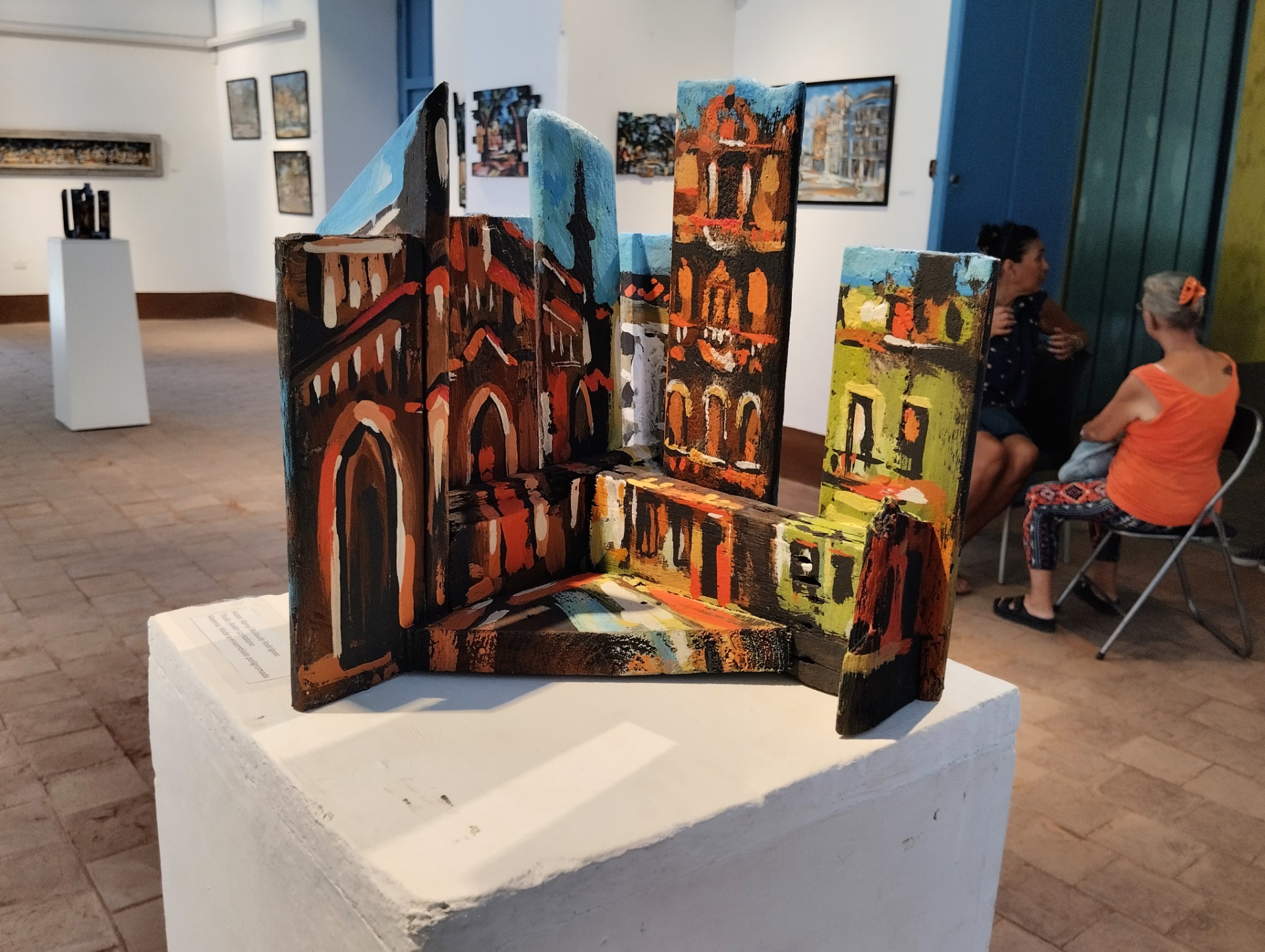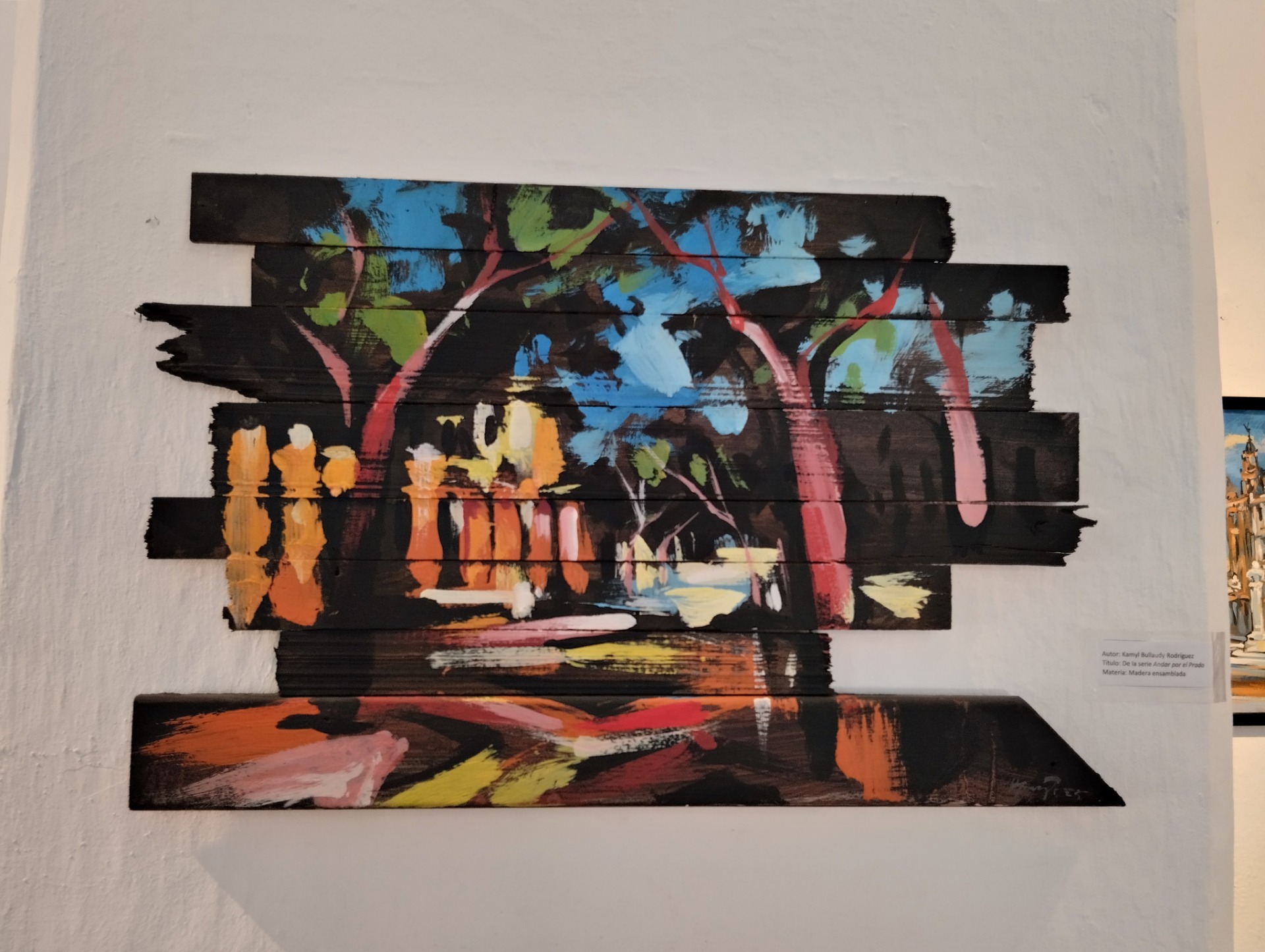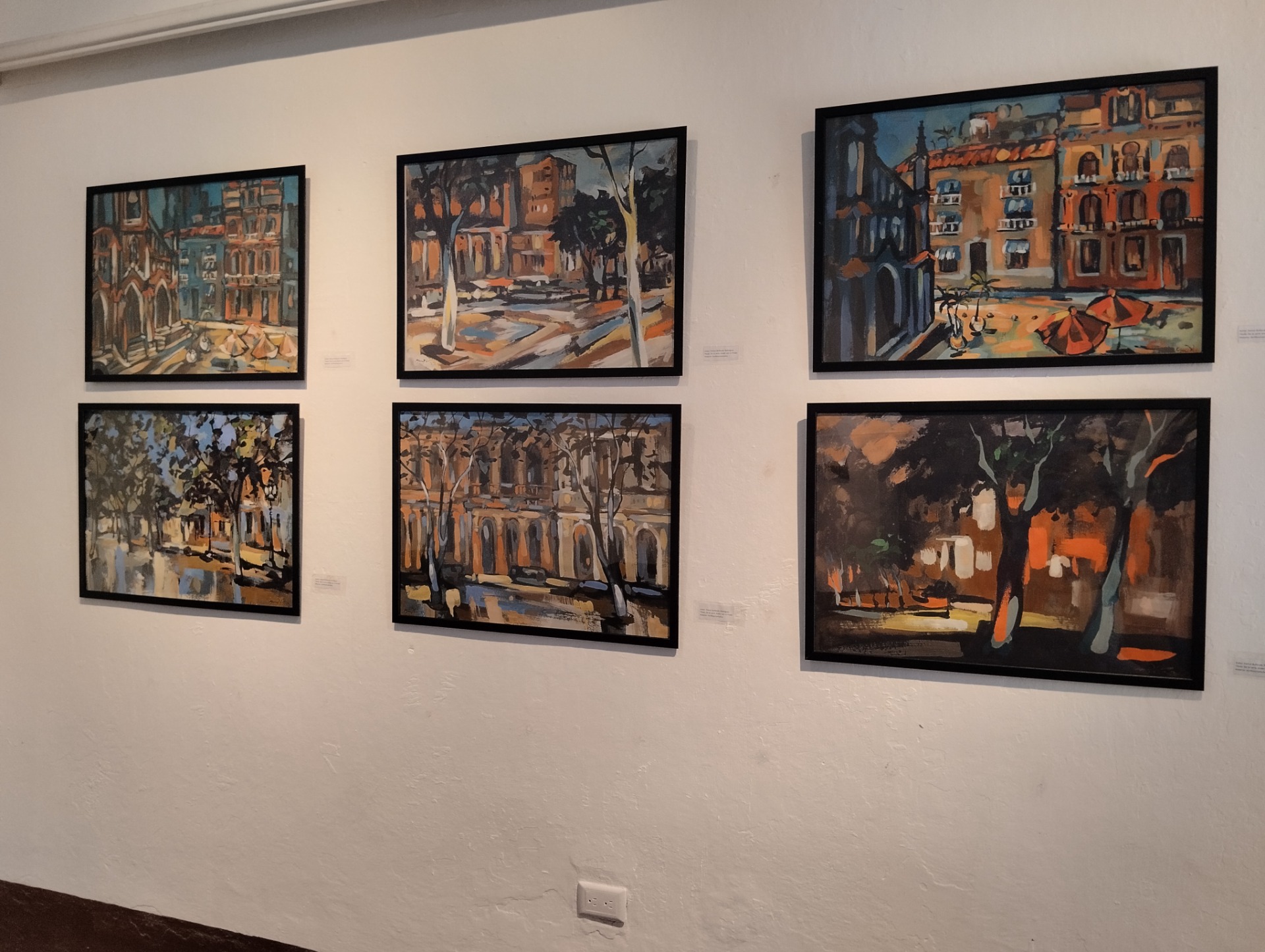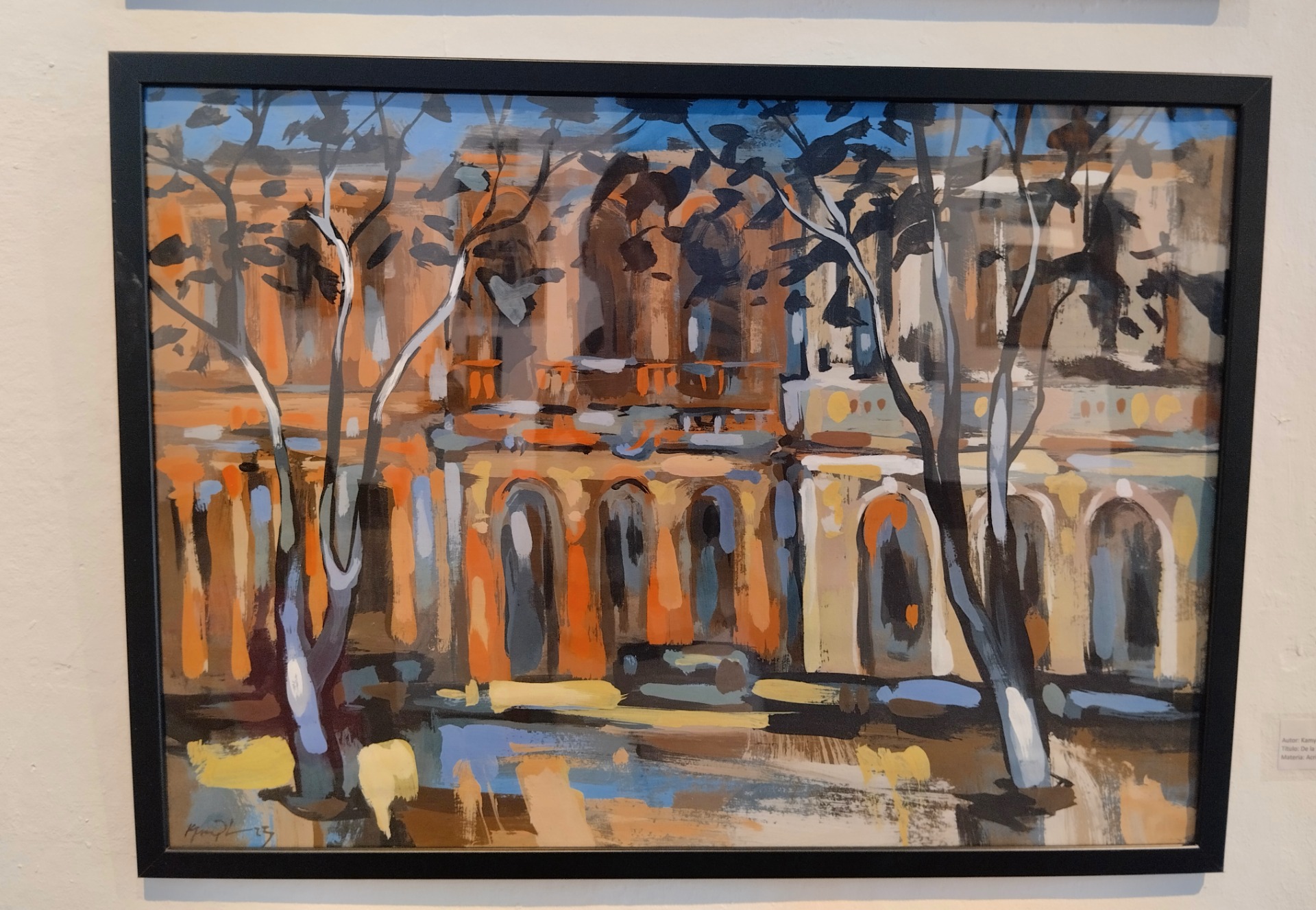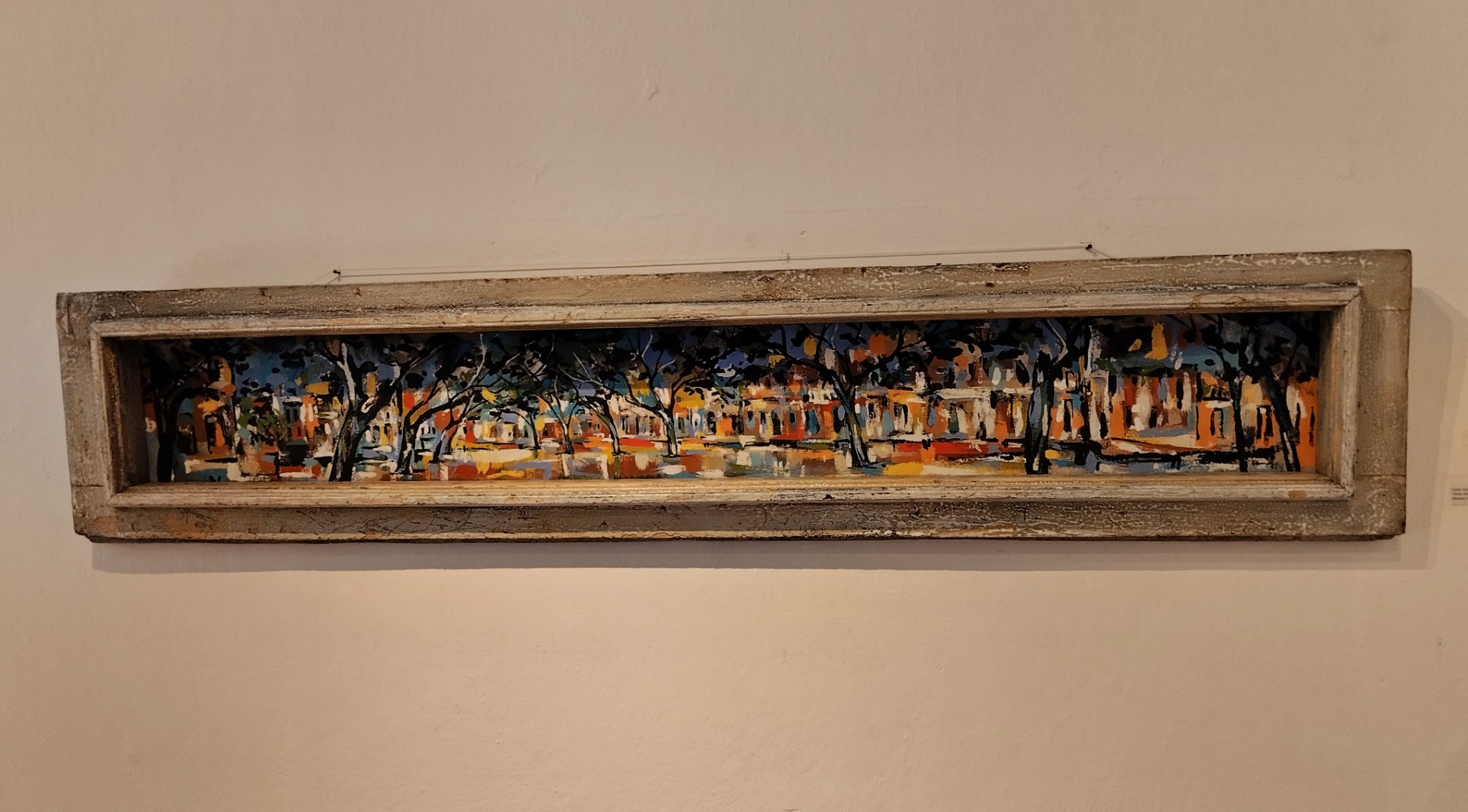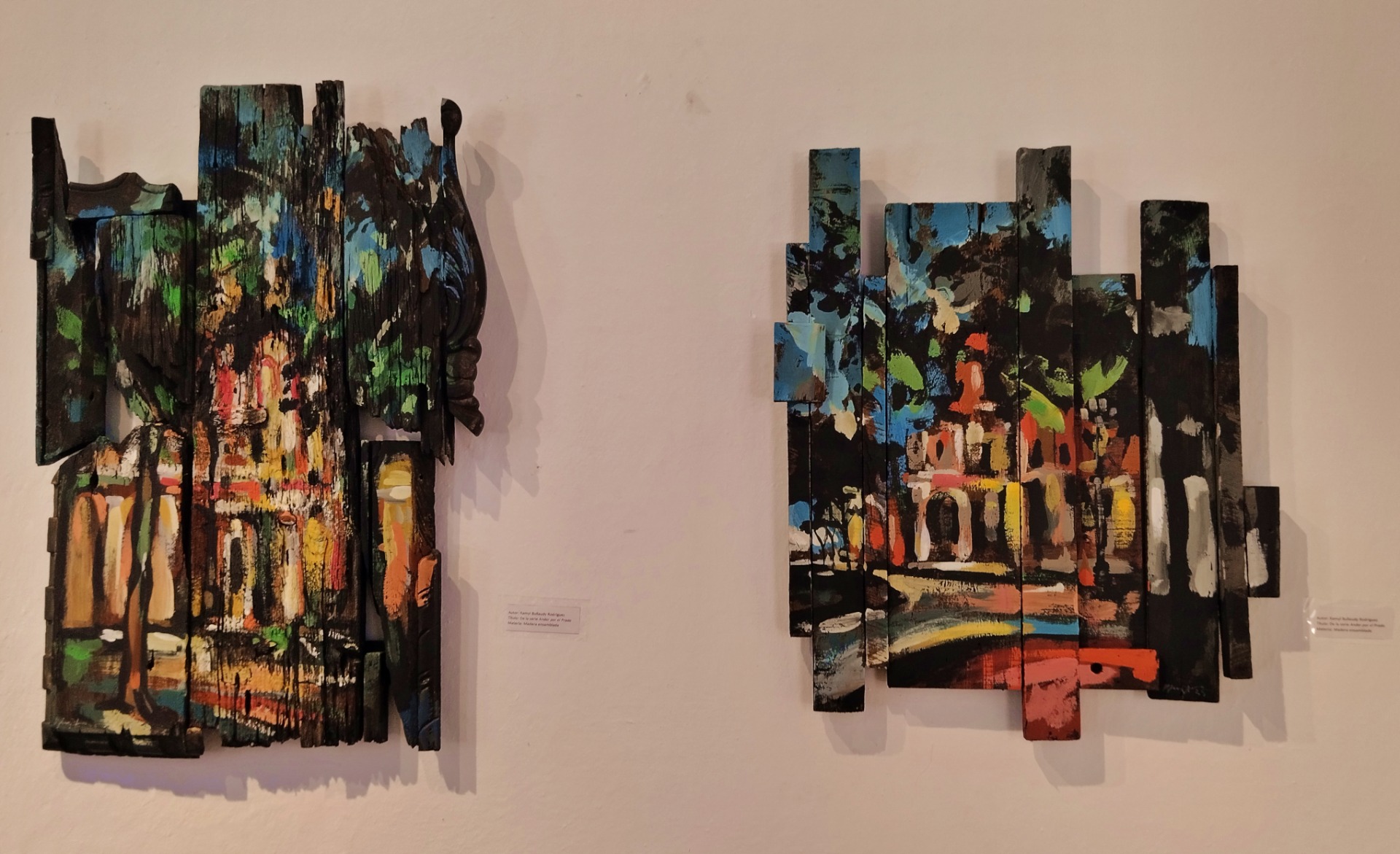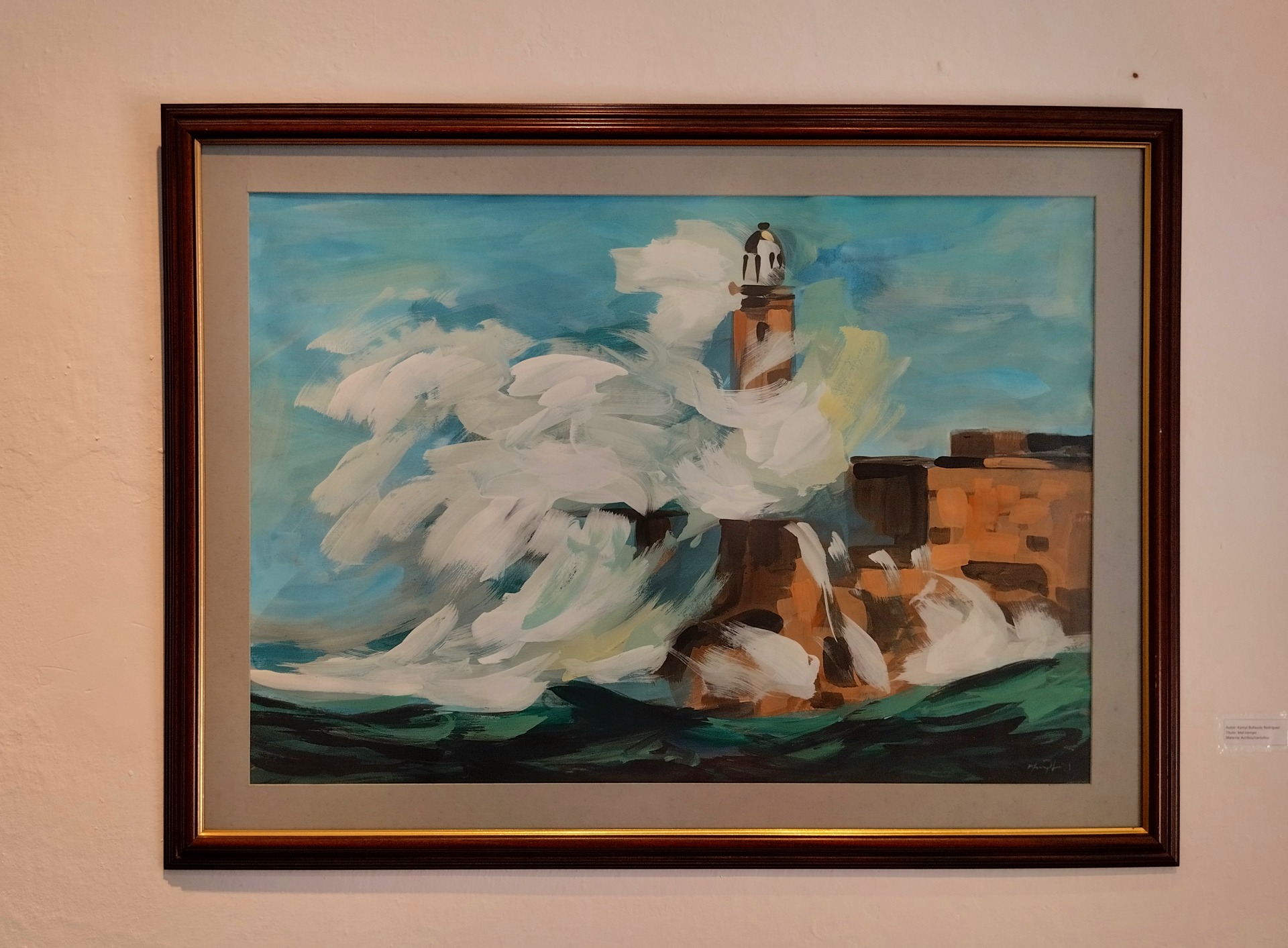English Version
In Old Havana, right on the corner of Mercaderes and Obra Pía streets, stands one of the most distinguished buildings of colonial Cuba, the Obra Pía House. Currently restored and converted into a museum by the Office of the Historian of the City, it was once the headquarters of one of the most outstanding charities in Havana.
The pious work consisted of granting, by means of a lottery, a dowry to five young women of scarce resources or orphans, so that they could marry or enter religious life. It was a way of opening roads where before there were only limits for women.
With its colonial architecture, the mansion today houses a large collection of artistic objects that not only connect us with our history but also constitute part of the cultural heritage of the city. Today, as it was in its day, it continues to carry out social work in which there is no age limit but projects are developed that are open to all women in the community, vulnerable people and anyone who wishes to participate in creative and artistic activities.
During my visit, the place I liked the most was one of the rooms set up as an art gallery, where workshops are also held. At that time there was an exhibition of the plastic artist Kamyl Bullaudy Rodríguez, a Cuban painter, ceramist and draftsman who has dedicated much of his work to the figure of José Martí, our National Hero.
This artist works a lot with recycled materials such as wood, fabric and cardboard. In this particular exhibition, he used pieces of recycled wood to create compositions that evoke canvases with paintings, hung on walls or converted into three-dimensional figures that can be placed as ornaments on flat surfaces.
Although I am not an expert in painting, I was very impressed by his way of transforming wood into art. The pieces hung on the walls with their indentations between boards, looked from afar like vertical lines drawn with intention. As I got closer I noticed that what looked like paint stains on the wood were actually landscapes of our city painted in bright colours. These details made all the creations very beautiful and original.
The Casa de la Obra Pia is undoubtedly a place to visit more than once. For all that it holds inside, for its history and for the beauty of the place. I am sure I will come back.
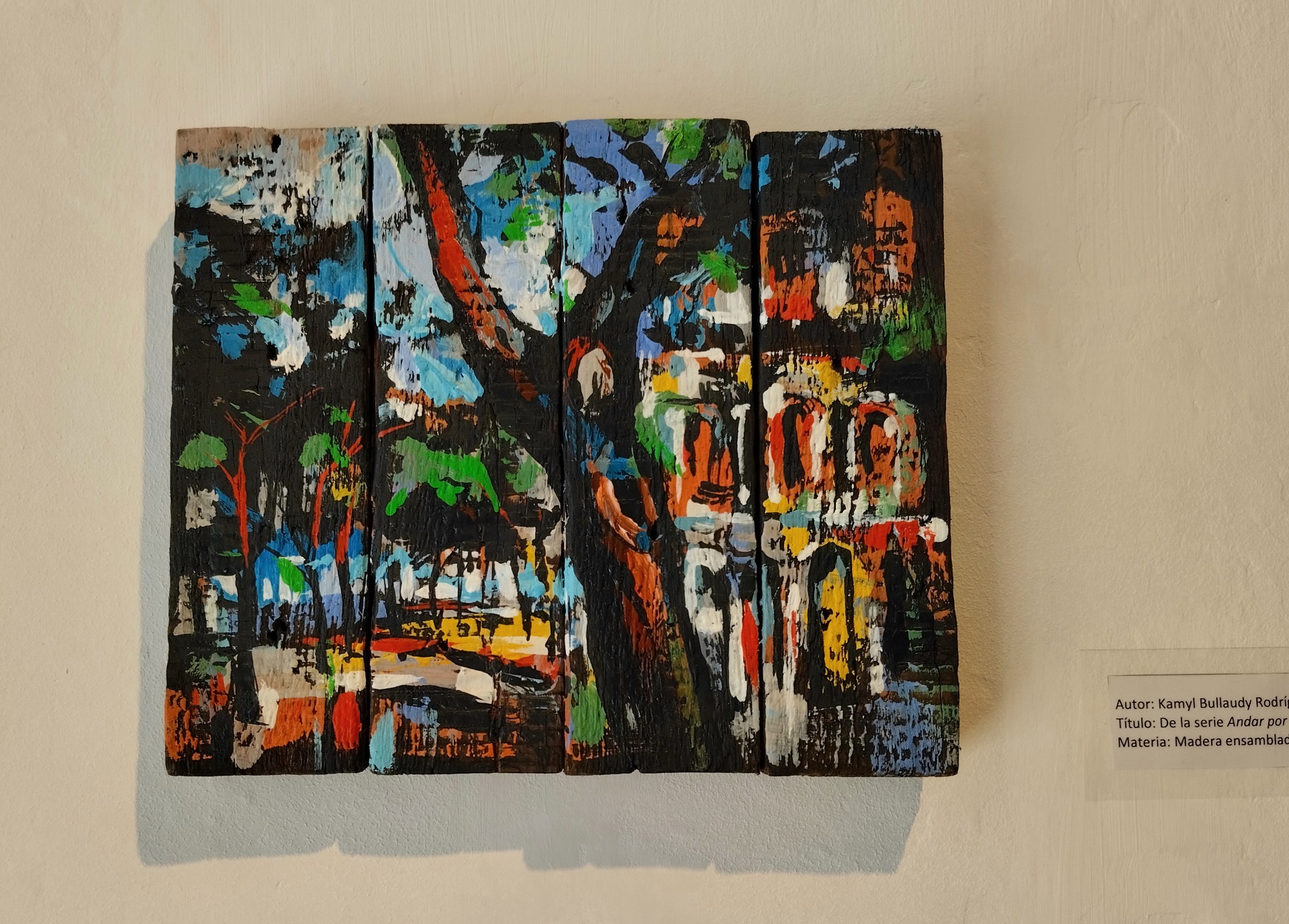
Cheers, and see you next time!
Versión en Español
En La Habana Vieja justo en la esquina entre las calles Mercaderes y Obra Pía, se encuentra una de las edificaciones más distinguidas de la Cuba colonial, se trata de la Casa de la Obra Pía. Actualmente restaurada y convertida en museo por la Oficina del Historiador de la Ciudad, fué en su momento la sede de una de las más destacadas obras de beneficencia en la Habana. La obra piadosa consistía en otorgar, mediante un sorteo, una dote a cinco jóvenes de escasos recursos o huérfanas, para que pudieran contraer matrimonio o ingresar a la vida religiosa. Era una forma de abrir caminos donde antes solo había límites para las mujeres. Con su arquitectura colonial, la casona alberga hoy una gran colección de objetos artísticos que no solo nos conectan con nuestra historia, sino que constituyen parte del patrimonio cultural de la ciudad. Hoy en dia,como fue en su momento, se continúa realizando una labor social en la que no hay límite de edades sino que se desarrollan proyectos abiertos a todas las mujeres de la comunidad, a personas vulnerables y a todo aquel que desee participar en actividades creativas y artísticas. Durante mi visita el lugar que más me gustó fue una de las salas habilitadas como galería de arte, y en donde también se imparten talleres. En ese momento se exhibía una exposición del artista plástico Kamyl Bullaudy Rodríguez, pintor, ceramista y dibujante cubano que ha dedicado gran parte de su obra a la figura de José Martí, nuestro Héroe Nacional. Este artista trabaja mucho con materiales reciclados como madera, tela y cartón. En esta muestra en particular, utilizaba trozos de madera reciclada para crear composiciones que evocaban lienzos con pinturas, colgados en las paredes o también convertidos en figuras tridimensionales que pueden colocarse como adornos sobre superficies planas. Aunque no soy experta en pintura, me impresionó mucho su manera de transformar la madera en arte. Las piezas colgadas en las paredes con sus hendiduras entre tablas, parecían desde lejos líneas verticales dibujadas con intención. Al acercarme observé que lo que parecían manchas de pinturas sobre la madera, eran paisajes de nuestra ciudad pintados con colores brillantes. Estos detalles hacían que todas las creaciones fueran muy hermosas y originales. La Casa de la Obra Pía es sin duda, un lugar para visitar más de una vez. Por todo lo que atesora en su interior, por su historia y por la belleza del lugar. Estoy segura de que volveré. Un saludo, ¡y hasta la próxima!
Original content by the author. © 2025 @jordy0827. All rights reserved.
Contenido original del autor. 2025 @jordy0827. Todos los derechos reservados.
You can follow me on my social networks/ Pueden seguirme en mis redes sociales:
Discord: jordy0827#8374
View this post on TravelFeed for the best experience.
